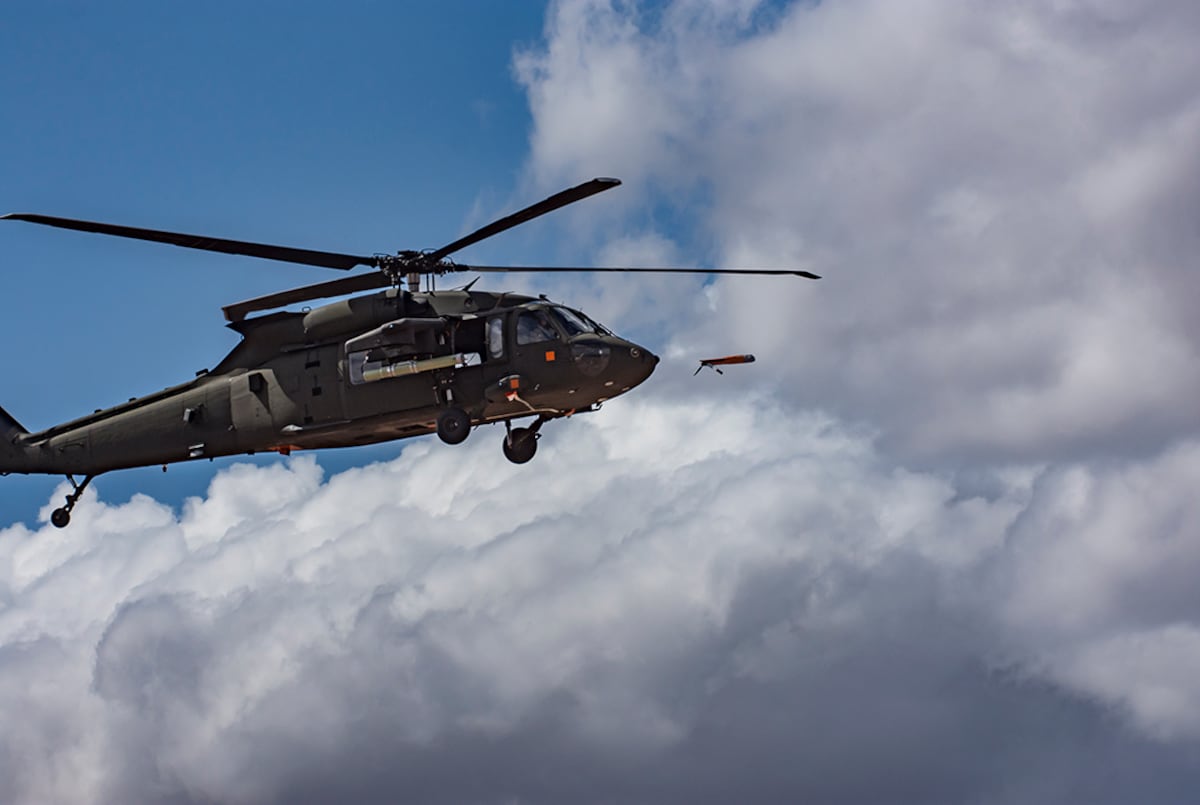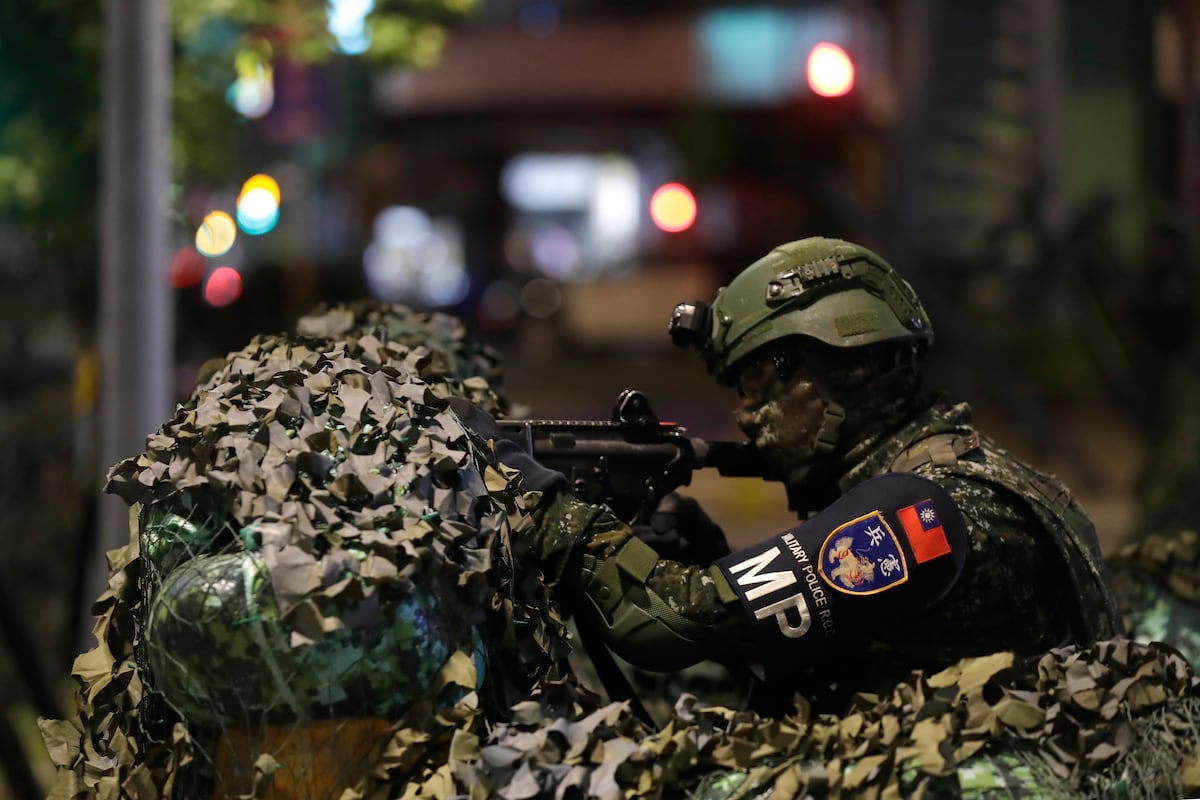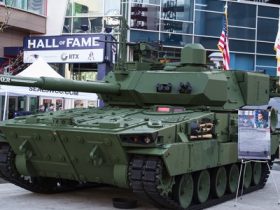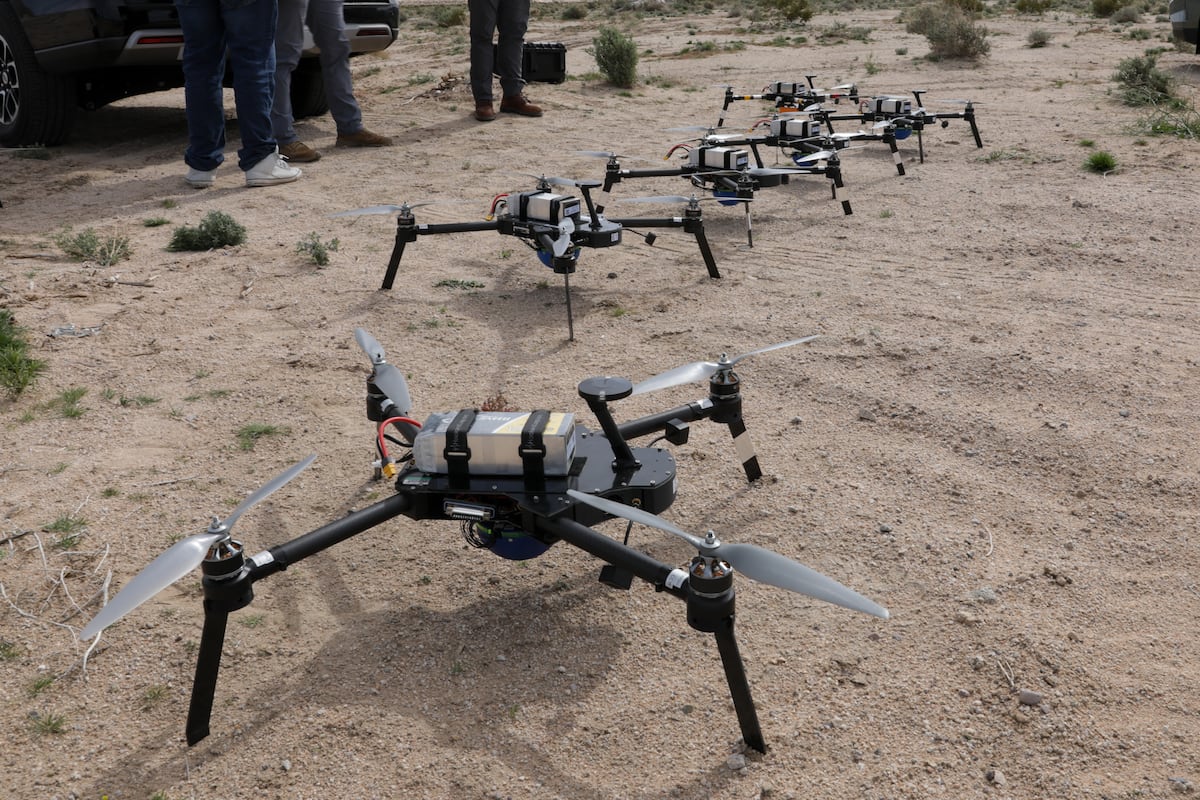Army aviation leaders were caught off guard by some of the sweeping changes to the service’s overall force structure and are now scrambling to align plans with the top brass’ shifting vision, which includes abrupt moves to cancel or scale back key programs like a modernized aircraft engine, spy planes and larger runway-dependent unmanned aircraft.
Defense Secretary Pete Hegseth and Army Secretary Dan Driscoll issued memos within a day of each other earlier this month announcing major changes to command structure and formations and changes to acquisition and modernization efforts, including canceling programs while boosting others.
But, despite the surprise, leaders across the aviation branch said they are embracing change and working to shape the role aviation will play in future operations.
The announcement from the top “was a little abrupt,” Maj. Gen. Clair Gill, commander of the Army’s Aviation Center of Excellence at Fort Novosel, Alabama, told reporters at the Army Aviation Association of America’s annual conference in Nashville, Tennessee, last week.
“Some of the decisions that were made were not exactly what we had proposed, but they were decisions in the context of the folks in the Pentagon who are looking at the entirety of the Army budget, the priority systems which are not all aviation-centric,” Gill said.
“I would even argue that we’re not the Army’s priority. We’re looking at air-and-missile defense, counter-[unmanned aircraft systems], UAS protection,” he said, adding that with a fixed budget, decisions on what to prioritize are tougher.
“It’s no surprise that the Army made some tough cuts. Some of them were just maybe deeper than we thought they were going to be,” Gill said.
Some portions of the restructuring effort demonstrate how the Army is looking to transform its aviation capability, which begins with divesting old equipment. The service was already deep into that effort, Gill noted.
Toward the end of 2023, the Army decided to trim its UH-60 Black Hawk utility helicopter fleet by 8%. Months later, it canceled its Future Attack Reconnaissance Aircraft competition before selecting a winner to build prototypes. It also divested its Lima and Victor model UH-60s in favor of modernizing the service’s most capable variant, the Mike model.
The service was already working on ways to end the AH-64 Delta-model Apache attack helicopter fleet and move over to a pure fleet of the most modernized version, the Echo-model.
“All the Army Transformation Initiative did was accelerate,” Gill said. “They made some very clear decisions that sort of answered a bunch of [requests for information] that we had.”
As part of the new cuts, the Army has decided to end procurement of the Gray Eagle UAS for the active force, cancel a competitive effort to replace the Shadow UAS with a new Future Tactical UAS and halve the number of new spy planes it planned to buy as part of the High Accuracy Detection and Exploitation System, or HADES, program.
The Army also said it plans to cease developing the Improved Turbine Engine Program, a decades-long effort to replace the engines in Black Hawks and Apaches. The ITEP engine powered a Black Hawk in a hover for the first time last week.
The Army also plans to inactivate one air cavalry squadron per combat aviation brigade in the active component and said it would cancel the planned activation of the 12th CAB, according to an Army execution order obtained by Defense News.
Aviation leadership had “teed up a number of options” related to equipment and formations and had already shared them with Army leadership, Gill said. The branch was supposed to head into an Army Requirements Oversight Council meeting this month with some of those proposals.
“I think with some of those proposals, all this did was accelerate a whole bunch of staff churn and just say, ‘Hey, here’s where we are,’” he said.
Even so, Gill noted “we only got this two weeks ago, and so we don’t know all the details of it,” Gill said.
“I think our job, collectively, as is the case for the rest of the Army, is to do mission analysis on what we were told to do and then provide options to senior leaders, and in some cases, it’ll be ways that we can execute exactly what they told us to do. And it might be even like, you know, saying, ‘Hey, here are all the consequences. Is that still the order?’”
While some decisions may have been surprising, Army aviation leaders said they acknowledge the need for change across the service.
“We need to divest faster, and we need to iterate and procure and probably continue to iterate and procure on newer technologies that we think are emerging, given the context of the operating environment that we see both east and west of us,” Gill said.
One of the newer priorities for the Army within the aviation portfolio is to accelerate the service’s planned procurement of a Future Long-Range Assault Aircraft, which Textron’s Bell is building in the prototyping phase. The goal now is to try to deliver some production-level platforms to soldiers by 2028 instead of in 2031.
The Army is also planning to focus on developing and rapidly fielding UAS and launched effects across the force to operate at different echelons and across a wide variety of mission sets.
As Army aviation becomes a more complex array of manned, unmanned and uncrewed systems, branch leadership is working to design a force that relies more heavily on sending drones forward on the battlefield rather than manned aircraft to do some of the missions manned aircraft used to do, like armed reconnaissance.
As part of an initiative begun by Army Chief of Staff Gen. Randy George over a year ago, the service started a “transformation in contact” initiative where units were given new capabilities and free rein to use them extensively during exercises to see what works and what doesn’t and how new equipment might work in various formations. A large focus of the effort was on bringing UAS into the fold at the brigade level.
George also pushed for a new, more flexible way to fund UAS procurement rapidly and more often.
The aviation branch is “absolutely changing the ways we’ve been doing business,” Brig. Gen. David Phillips, the Army’s program executive officer for aviation, said at the Army Aviation Association of America conference last week.
“We’re executing in ways that we haven’t before by building these tranches of capability a lot faster and that’s in every level of UAS space today,” Phillips said.
“We always joke that two things change the outcome of programs … elections and wars,” Brig. Gen. Matthew Braman, the Army’s G-3/5/7 aviation director, said. “We just had an election and we’ll have another in four years and we’ll have a change of Congress in two years. All of those things impact … our ability to do what the Army wants to do and we have to work within that constraint,” he added.
“I think you’ll see some of that play out here over the next few months,” Braman noted.
Jen Judson is an award-winning journalist covering land warfare for Defense News. She has also worked for Politico and Inside Defense. She holds a Master of Science degree in journalism from Boston University and a Bachelor of Arts degree from Kenyon College.
Read the full article here








Leave a Reply